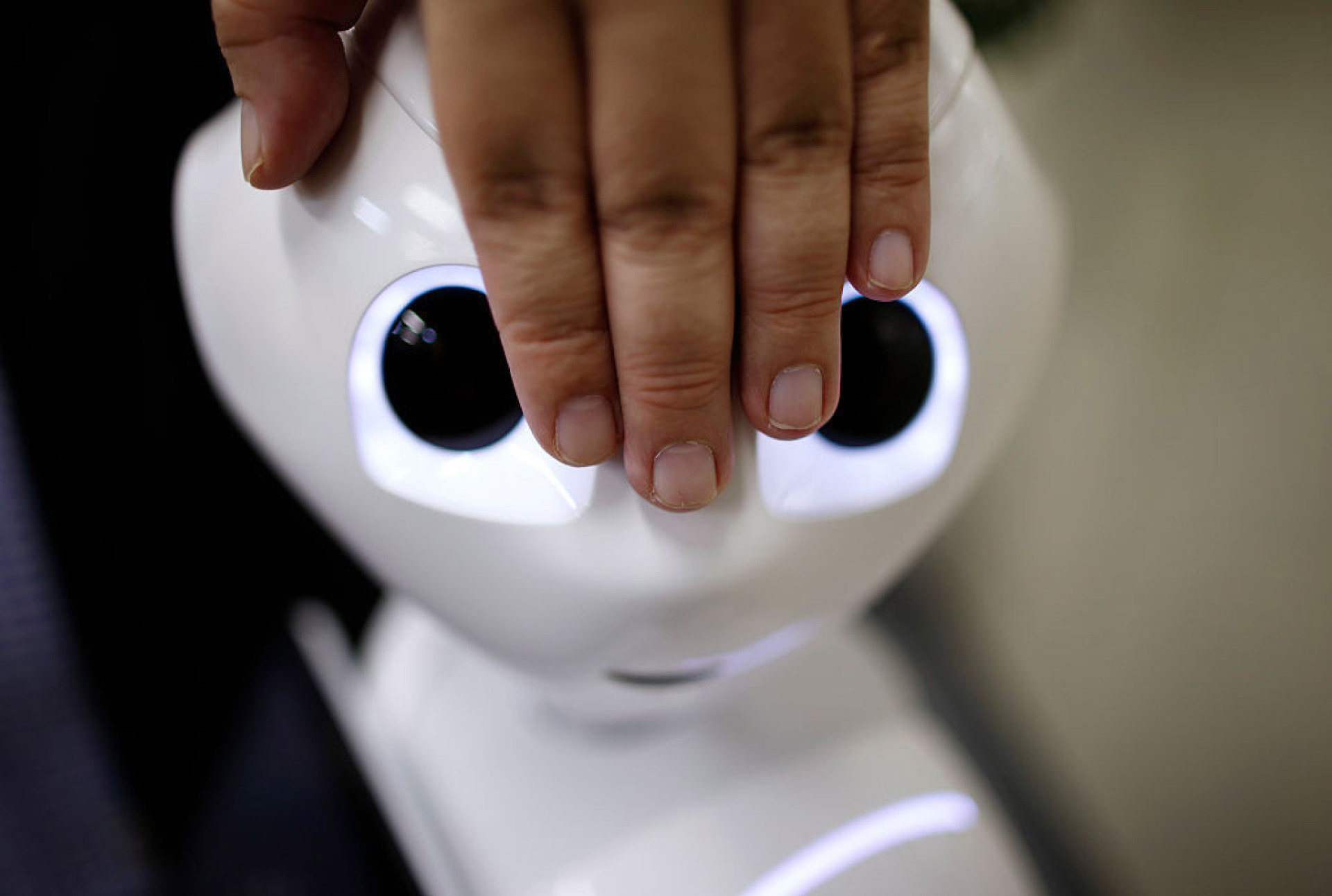Robots Could Soon Detect Emotions by Analyzing Sweat, New Study Suggests
A recent study published in IEEE Access has revealed groundbreaking findings about the connection between human emotions and skin conductance, the measure of how well the skin can conduct electricity due to sweat. The research, conducted by scientists at Tokyo Metropolitan University, suggests that changes in skin conductance could offer valuable insights into human emotional states, potentially paving the way for emotionally intelligent robots and devices. The study indicates that emotional responses such as fear, humor, and family bonding may trigger different patterns of sweat production, which could be measured to understand how people are feeling.
Exploring Skin Conductance and Emotional Responses
The study involved 33 participants who were shown a series of videos designed to evoke various emotional responses, ranging from fear-inducing horror clips to heartwarming family reunion scenes. Using probes attached to their fingers, the researchers measured how the skin’s electrical conductance varied in reaction to these emotional stimuli. They found that emotional reactions such as fear caused the skin’s conductivity to increase and persist for a longer period of time, while humor induced a rapid but shorter-lived spike in skin conductance.
Fear and Humor: Unique Emotional Signatures
The study’s authors believe that the prolonged response to fear could be rooted in evolutionary survival instincts, where heightened physical responses are necessary for alertness in stressful situations. On the other hand, the quicker response to humor may reflect the brain’s rapid processing of positive, humorous stimuli. The research also touched upon the complexity of family bonding emotions, which seemed to produce mixed reactions with overlapping patterns, suggesting a more nuanced emotional process. While previous studies have explored the connection between skin conductance and basic emotions like fear, this is one of the first studies to explore the dynamics of humor and familial feelings through this method.
The Future of Emotion Detection in Technology
This study opens up fascinating possibilities for the future of emotion-aware technology. By measuring skin conductance, robots and artificial intelligence could soon be able to detect and respond to human emotions more effectively. Such technology could have widespread applications, from improving human-robot interactions in caregiving settings to enhancing customer service through emotionally intelligent machines. While there is still much to learn about the full range of emotions and their physiological markers, this research marks an important step toward understanding how robots could gain emotional intelligence through physiological signals like sweat.














